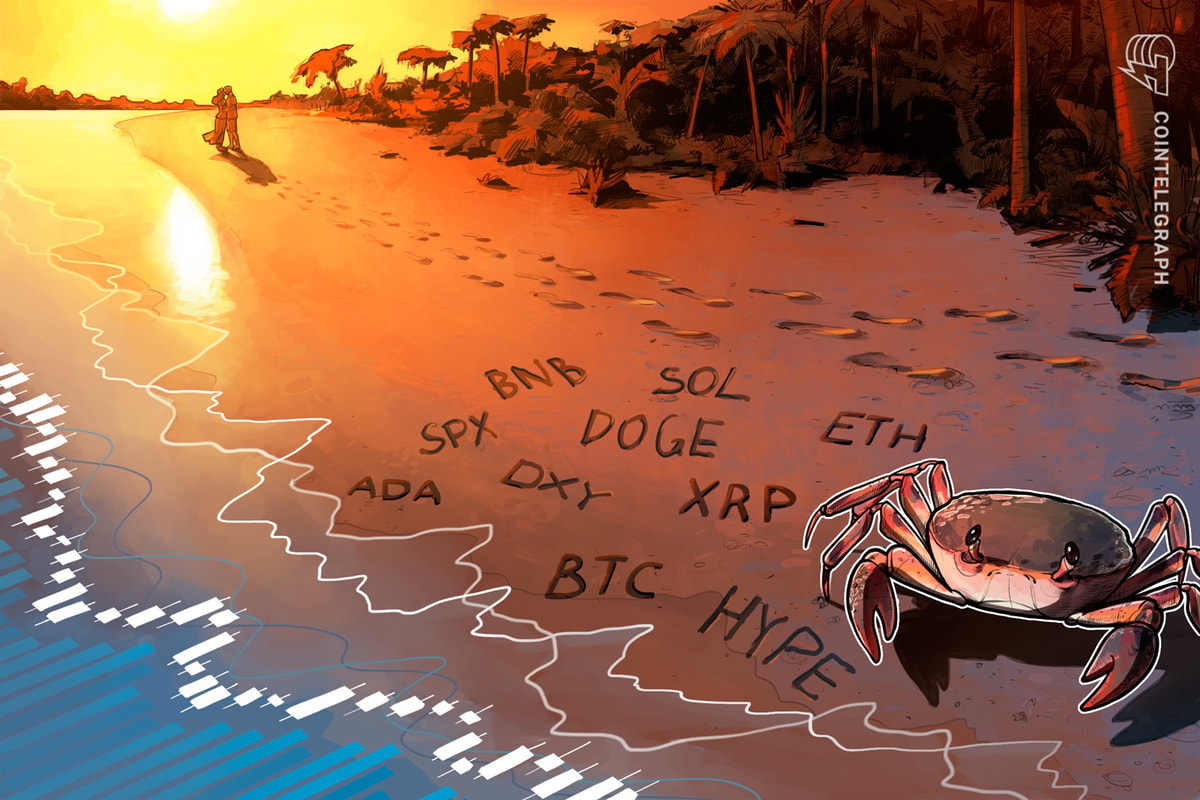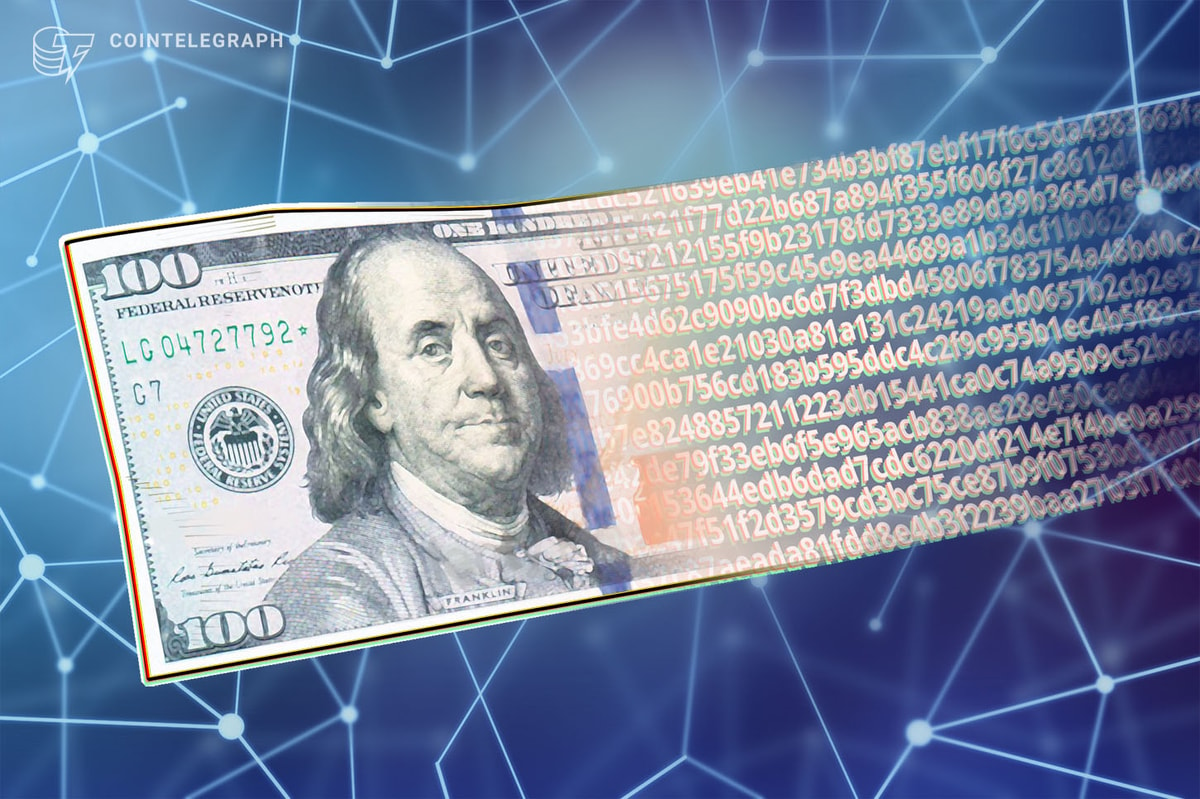Key takeaways
Reuters estimates Trump-linked ventures earned $802 million in crypto in early 2025.
Income came from WLFI tokens, the TRUMP coin and USD1 stablecoin yields.
Alt5 Sigma’s deal and foreign buyers helped turn token value into cash.
As US crypto enforcement eased, experts noted possible conflict concerns.
In the first half of 2025, Trump-linked ventures booked roughly $802 million in crypto income, primarily from World Liberty Financial (WLFI) token sales and the Official Trump (TRUMP) memecoin, dwarfing revenue from golf, licensing and real estate.
Reuters’ investigation and methodology papers detail where the cash came from and how it was tallied. This guide explains the mechanics, the buyers and the policy context without the hype.
What is World Liberty Financial?
WLFI launched in late 2024 as a token-centric project tied to the Trump family. Its governance token, WLFI, offers limited holder rights compared with traditional decentralized finance (DeFi) governance models. The company’s lawyer argues that the token has “real utility.”
The core monetization model is straightforward. A Trump Organization affiliate is entitled to 75% of token-sale revenue after expenses, according to WLFI’s “Gold Paper.” Reuters used this document as the basis for its income model.
In the first half of 2025, Reuters estimates that WLFI token sales were the single largest cash contributor. They accounted for the bulk of the family’s crypto windfall.
The Alt5 Sigma deal
In August 2025, WLFI marked a Nasdaq deal in which Alt5 Sigma raised hundreds of millions of dollars to purchase WLFI tokens. The move provided a major demand catalyst and converted a portion of on-paper value into realized cash for Trump-controlled entities.
Separate reporting in August outlined a broader plan for a $1.5-billion WLFI “treasury” strategy linked to Alt5. The plan aimed to hold a significant portion of the token supply, details that help explain the scale of flows into WLFI.
How the TRUMP memecoin generated cash
The TRUMP coin launched on Jan. 17, 2025, and its creators earned a share of the trading fees from Meteora, the exchange where it first traded. Within two weeks, onchain forensics firms cited by Reuters estimated between $86 million and $100 million in fees, mostly on Meteora.
In its analysis of the first half of 2025, the outlet modeled roughly $672 million in coin sales and, using a conservative 50% share assumption, attributed around $336 million to Trump-linked interests. The methodology acknowledges uncertainty because ownership and fee splits are not fully disclosed.
Who bought the tokens?
Most WLFI buyers are pseudonymous wallet addresses, but the investigation identified several high-profile participants and concentrated foreign demand. The investigation highlights the Aqua1 Foundation’s $100-million WLFI purchase and reports that Eric Trump and Donald Trump Jr. participated in a global investor roadshow promoting the token.
The review also notes that identifiable major buyers include overseas investors. While attribution remains probabilistic, foreign participation among large WLFI holders appears significant.
The USD1 stablecoin (and its interest stream)
WLFI also promotes USD1, a dollar-pegged stablecoin backed by reserves in cash and US Treasurys, with custody handled by BitGo.
Reuters reports that the reserves backing USD1 generate an estimated $80 million annual interest run rate at prevailing yields and notes that a portion of that interest accrues to a company 38%-owned by the Trump Organization, though the actual realized amount for 2025 remains unspecified.
In May 2025, Abu Dhabi-backed MGX announced a $2-billion investment in Binance, which, according to reports and public statements by WLFI, was set to be settled using USD1. The deal stands as a marquee example of how WLFI’s stablecoin is positioned to facilitate very large transactions.
How Reuters got to “$802 million”
Because much of the Trump business empire is private, Reuters combined presidential disclosures, property records, court-released financials and onchain trade data. It then applied explicit assumptions, such as WLFI’s 75% revenue share for WLFI token sales and a 50% share on TRUMP, which were reviewed by academics and certified public accountants.
The outlet’s conclusion was that nearly $802 million of the Trump family’s income in the first half of 2025 came from crypto ventures, compared with just $62 million from their traditional businesses.
Did you know? WLFI disputes parts of Reuters’ analysis, arguing that its revenue model was oversimplified, wallet data misinterpreted and the project’s real-world utility overlooked.
The policy backdrop (and the conflict question)
Since January 2025, the US enforcement posture toward crypto has shifted. The Justice Department disbanded its National Cryptocurrency Enforcement Team and narrowed its priorities, while the US Securities and Exchange Commission dropped or paused several high-profile cases, including its motion to dismiss Coinbase and the termination of actions against other major firms.
Ethics experts told Reuters that a sitting president overseeing crypto policy while his family earns substantial crypto income presents a novel conflict of interest, even if it is not unlawful.
The White House and company representatives have denied any wrongdoing.
Findings and broader context
In short, what appears to be an $800-million “gold rush” is, beneath the surface, a blend of brand-driven token sales, fee-rich memecoin mechanics, a high-velocity treasury deal and a yield-bearing stablecoin.
The totals are drawn from documented splits and modeled flows. The controversy, however, centers on who the buyers were, how transparent the ventures remain, and how US policy shifted as the money flowed in. For anyone tracking crypto politics, this story now serves as a live case study in incentives, disclosure and governance risk.
This article does not contain investment advice or recommendations. Every investment and trading move involves risk, and readers should conduct their own research when making a decision.

 8 hours ago
1
8 hours ago
1


















 English (US) ·
English (US) ·